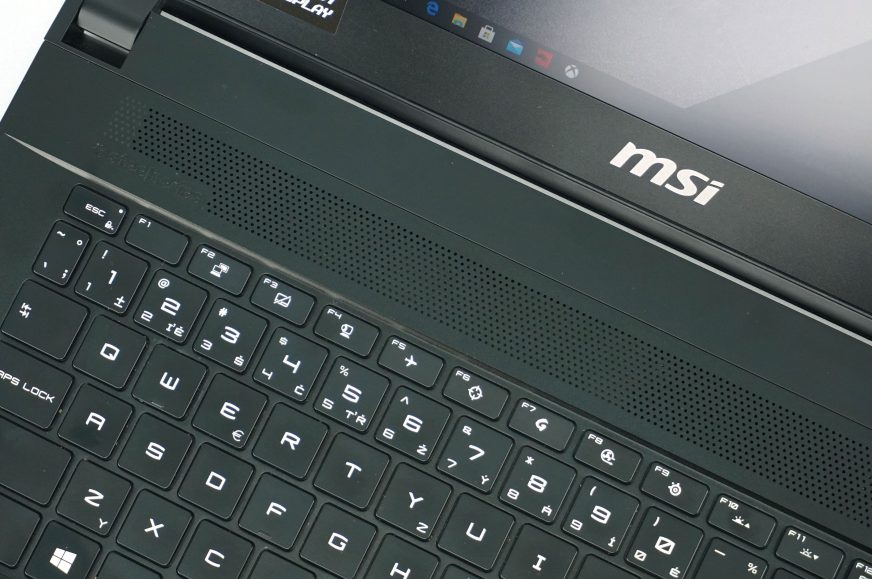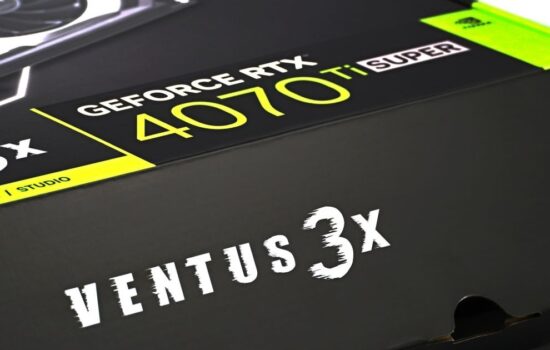Rendering and Geekbench
GS series includes a stylish and compact family of high-performance MSI laptops and the GS66 Stealth is its latest addition. I’ve always had a weakness for thin but powerful devices and that’s exactly what GS meets. However, with the high performance of Core i9 and RTX 2080 Super, the question arises as to how thermal management is handled. In less than 2 cm thin and about 2.1 kg body, it is really a challenge to deal with such powerful components.
Rendering, Geekbench
The tested GS66 configuration is equipped with an 8-core i9-10980HK, similar to the Zephyrus Duo 15. It is the fastest mobile chip from Intel with a maximum clock speed of 5.3 GHz for one core and 4.4 GHz for all-core Turbo. Like the competing Asus, MSI offers 32 GB of 3200 MHz RAM. So it will be interesting to see what the differences in performance will be between the slim GS66 and the robust Duo 15 with special AAS cooling.
Let’s start with traditional Cinebench R15 for a first look at the processor’s raw performance. Compared to the single core performance of MSI and ASUS, we see a slight 2% lead of GS66. Also interesting is the comparison with the Zephyrus M15 in a similarly thin body or last year’s GS75 model, but both of these models have only a Core i7. Clearly, the GS66 offers higher performance by 9 and 14%. In the multi-core test, the AAS cooling probably already shows up, as the Duo 15 achieved a 6% higher score. The difference compared to the i7 models is of course large, the M15 loses by 28% and the GS75 up to 33%, which is expected due to the difference in the number of cores/threads.
The newer R20 already shows an even smaller 1% lead of the GS66 over the Duo 15 in single-core, but an increase in multicore difference to 9% in favor of Asus.
Practical Cinebench and POV-Ray tests will be affected by the capabilities of the cooling system, so it can be expected that Duo 15 will have an advantage over GS66 in this area. The measured values are practically identical to the CB R20 multi-core test and thus GS66 is 9% slower than Duo 15. However, it is still faster than M15 or GS75 by 26 and 43/35%.
The single-core results in Geekbench 3–5 are similar to Cinebench and thus a 3/4/2% lead over Duo 15 and a 12/13/11% over M15. Multi-core is -5/2/1% compared to Duo 15 and 35/33/31% to M15. It follows that the GS66 has a slightly higher single-core performance than competing models, but multi-core is highly dependent on the length of the test. With short loads, it is equal or even slightly beats the Duo 15, but as soon as the test is longer, Asus has the upper hand, by up to 9%. Compared to the model with Core i7, we see a stable 10% higher single-core and 30+% higher multi-core.
Compute graphics test shows slightly strange results. In GB4, the performance difference is minimal, only at the level of 1%. In GB5, however, the GS66 loses 13% to the Duo 15 and is only 3% faster than the M15. This is not an ideal result due to the use of the same graphics and higher model as in the M15. We will see if this trend will continue in graphics and gaming tests.
- Contents
- Specs and details
- Testing methodology
- Display tests
- Rendering and Geekbench
- 3D/PCMark and Unigine Heaven/Superposition
- Gaming tests – dedicated graphics
- Encryption, encoding
- Memory and storage tests
- Heating and battery life
- Blender – test of CPU, CUDA and Optix
- Performance modes
- Utility app
- Rating












thank you for the information